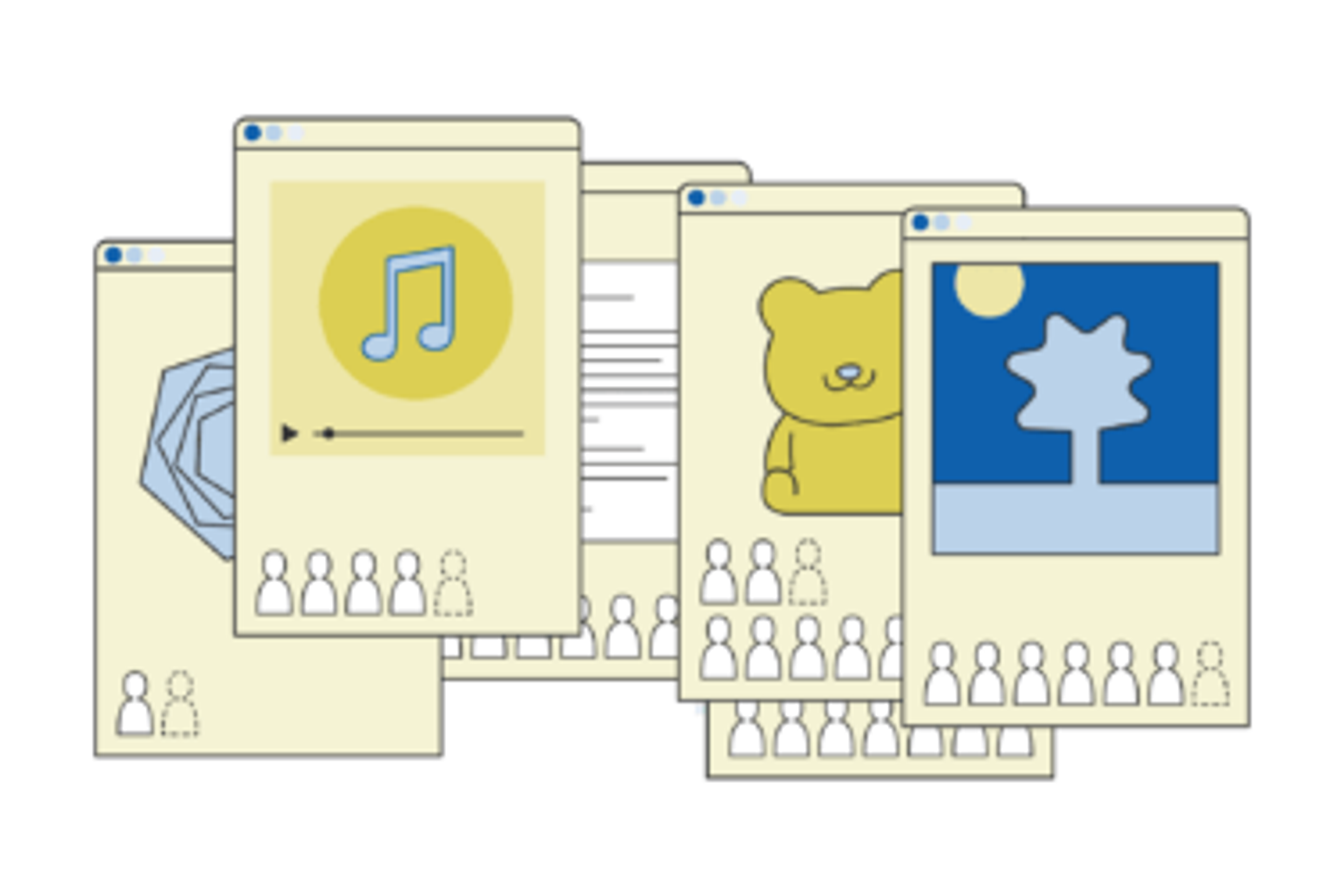NFT (non-fungible token)

An NFT is a digital proof of ownership that, like crypto money such as bitcoin, can be transferred to another person with a cryptographic proof. The difference is that an NFT is non-exchangeable and unique, because the token refers to a unique object, whether digital or physical.
Since one euro is divided into one hundred cents, it is essential that these cents are interchangeable with each other. One cent is worth as much and is as useful as the other. This interchangeability is called 'fungibility'. It is useful for money to be very interchangeable. Someone who lends you a ten-euro note does not necessarily have to receive the same note in return; two fives, for example, will do just fine.
For money, 'fungibility' is a desirable property, but for most other things in the world it is precisely not. If you borrow a Picasso from a good friend, it is inconceivable that you would return a random painting of approximately the same size. It has to be the same exact Picasso, preferably in exactly the same condition. The same applies to cars, bottles of wine, jewellery, houses or the copyright of a book. They are all on the non-exchangeable side of the spectrum.
For non-tradable items, 'non-fungible tokens' have been devised. Just like other cryptographic assets, an NFT is registered in a decentralised administration, and you can prove its possession by affixing a cryptographic signature. To do this, you use cryptographic keys in your wallet.
The creation of an NFT is quite simple and basically an NFT is not much: a fingerprint of the object, some other descriptive information and a signature. So in itself, an NFT is nothing special or valuable. It is all about what the NFT represents or what it refers to. This brings us to the main difference between exchangeable properties (like bitcoins) and non-exchangeable properties (NFTs):
- A bitcoin is valuable because the whole of bitcoin is valuable: the network, the services around it, the usefulness of the entire monetary system to users.
- An NFT is valuable independently of any other NFT. This may be because it is a collector's item, such as a piece of (digital) art, or because it is useful, such as a domain name, or because there are future revenue streams associated with it, such as a specific property right.
- An NFT is programmable. For example, it could be determined that if an NFT is sold, the author would receive a share of the profits each time. If the artist sells a work for one thousand euros and the first owner sells it for one hundred thousand euros, both will benefit from the increase in value.
The most practical applications of NFTs are still to come. First, protocols and standards need to be created, and all sorts of things in terms of platforms and apps still need to be developed.
However, you can already experiment by buying collectibles on an NFT marketplace like OpenSea. But don't buy an image of a rock, a troll or a monkey without careful research. It may not be worth a damn in 10 years!
A lot of brands are also already doing NFT projects. An example: The RTFKT x Nike Hoodie, designed for AR and in which at the same time physical and digital worlds are merged.

